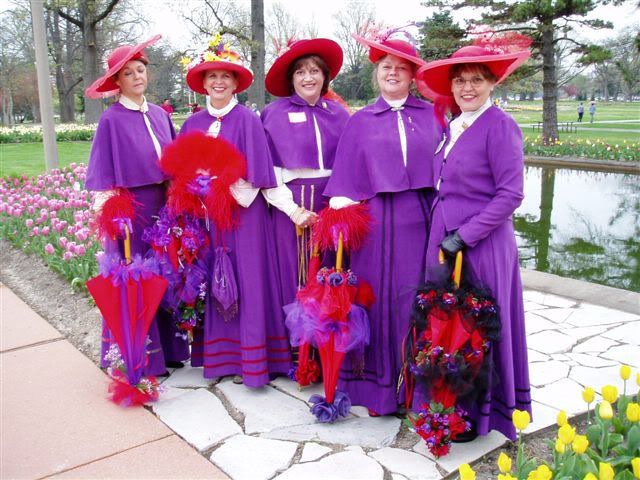onceoza
Registered Guest
If some of you follow the vintage board on ebay, then you'll know that I was able to acquire some very old items (victorian and edwardian) at an auction house that was commissioned to sell off the overflow of a museum in Illinois.
Most of the items had a label in it with the museum's inventory number and their date. I have this jacket that the museum dated as French, 1830's. Everyone I've shown it to seems to think that it is much later. What do you all think and a help describing it would be appreciated!




Most of the items had a label in it with the museum's inventory number and their date. I have this jacket that the museum dated as French, 1830's. Everyone I've shown it to seems to think that it is much later. What do you all think and a help describing it would be appreciated!



















